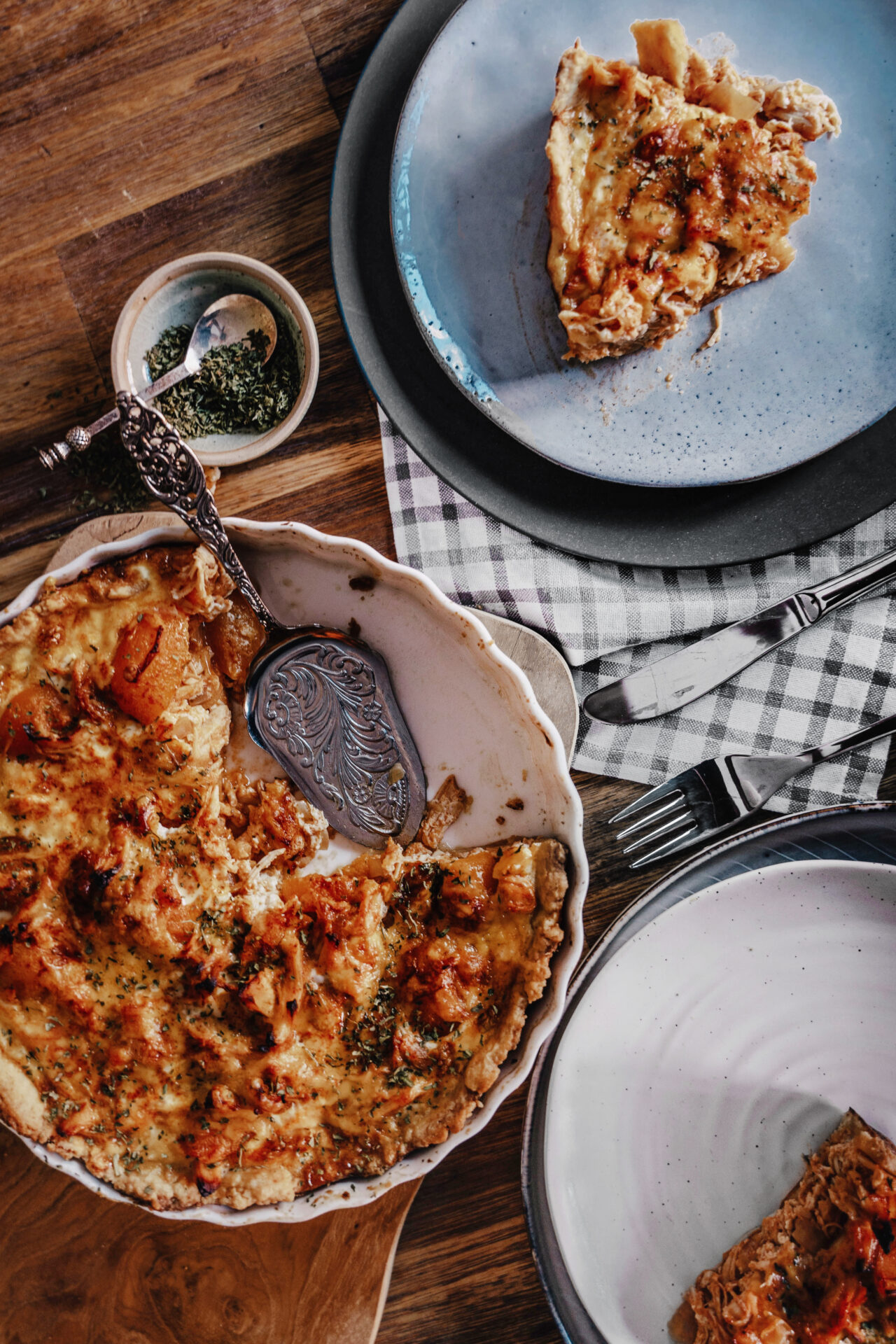With Stork Yellow Margarine, You Can Perfect Shortcrust Pastry
A perfect shortcrust pastry is the key to making pies, tarts, and quiches that steal the show at any gathering. Whether you’re preparing a savoury Cape Malay pie or a Peanut Butter Jam tart, a flaky, tender crust is essential. With the help of Stork Yellow Margarine, you can easily achieve that perfect pastry texture that’s both indulgent and foolproof. Stork Yellow Margarine gives your dough the right consistency, making it easy to handle and roll without sticking.
Pro Tip: For extra flakiness, you can even freeze your Stork Yellow Margarine before using it, as this helps create pockets of air that will expand while baking.
2. Mixing the Dough
The mixing process is key to achieving that tender, flaky texture. Start by sifting your flour and salt together into a large bowl. Then, add the chilled Stork Yellow Margarine and use your fingers (or a pastry cutter) to rub the margarine into the flour until the mixture resembles fine breadcrumbs. This step is crucial as it ensures that the fat is evenly distributed throughout the dough, creating those perfect layers when baked.
Pro Tip: Work quickly to avoid warming up the margarine – the colder your fat, the flakier your pastry!
3. Bringing the Dough Together
Once your mixture resembles breadcrumbs, add the ice-cold water, one tablespoon at a time. Gently mix until the dough just begins to come together. Avoid overworking the dough – the less you handle it, the more delicate and flaky your crust will be. Once combined, form the dough into a ball, wrap it in plastic wrap, and chill it in the fridge for at least 30 minutes.
Pro Tip: If your dough is too crumbly, add a little more water, but don’t make it too sticky.
4. Rolling Out the Dough
After chilling, it’s time to roll out the dough. On a lightly floured surface, roll your dough to the desired thickness – around 3-5mm works best. Make sure to keep the dough even, and don’t press down too hard with the rolling pin. Gently lift and turn the dough as you roll to avoid sticking. If the dough becomes too soft, simply return it to the fridge for a few minutes to firm up.
Pro Tip: Roll the dough between two sheets of baking paper to make it easier to transfer into your pie dish.
5. Blind Baking for Perfect Results
For pies and tarts that need a pre-baked crust, blind baking is essential. Simply line your pastry with baking paper and fill it with pie weights, dried beans, or uncooked rice. Bake for 10-15 minutes at 180°C until the edges are lightly golden. Then remove the weights and continue baking for an additional 5 minutes, ensuring your pastry is fully cooked.
Pro Tip: Pricking the base with a fork before blind baking helps prevent bubbles and ensures an even bake.
Now that you’ve learned the secrets, you’ll be the hostess with the mostest this Easter, delighting your guests with treats they’ll rave about long after the meal is over.
PEANUT BUTTER AND JAM TART RECIPE
CAPE MALAY CHICKEN QUICHE RECIPE

